Sexism and Culture: Japan’s Obsession With Kawaii
The Roots — And Dark Side — Of The Local All-Things-Cute Culture
It's easy to get caught up in the cult of cute, cute, cute. But where did the word "kawaii" come from, and is the sexism that can come with it really all that innocent?
Could sexism in Japan be directly related to the country’s heavy consumption of all things kawaii (cute)? “Kawaii” is clearly deeply rooted in Japan’s culture. Walking into a zakkaten (variety shop), you may be overwhelmed by the sheer volume of kawaii products—from the plastic pens topped with cutesy characters to the fluffy blankets with animated animal faces sewn into them.
It’s odd to me, even though I’ve spent most of my life here, that a grown adult is moved to spend their hard-earned cash on things like anime figurines. C’mon, even Toy Story did a full 103 minutes about “growing up” and “leaving toys behind”! The fact is, kawaii culture is seen as this innocent part of Japanese culture. Yet, if you go beyond the surface with how the root of the word morphed and examples like how symbols of feminism have to be watered down in Japan, there’s much more to it than its glittery exterior.
Where did the word “kawaii” come from?
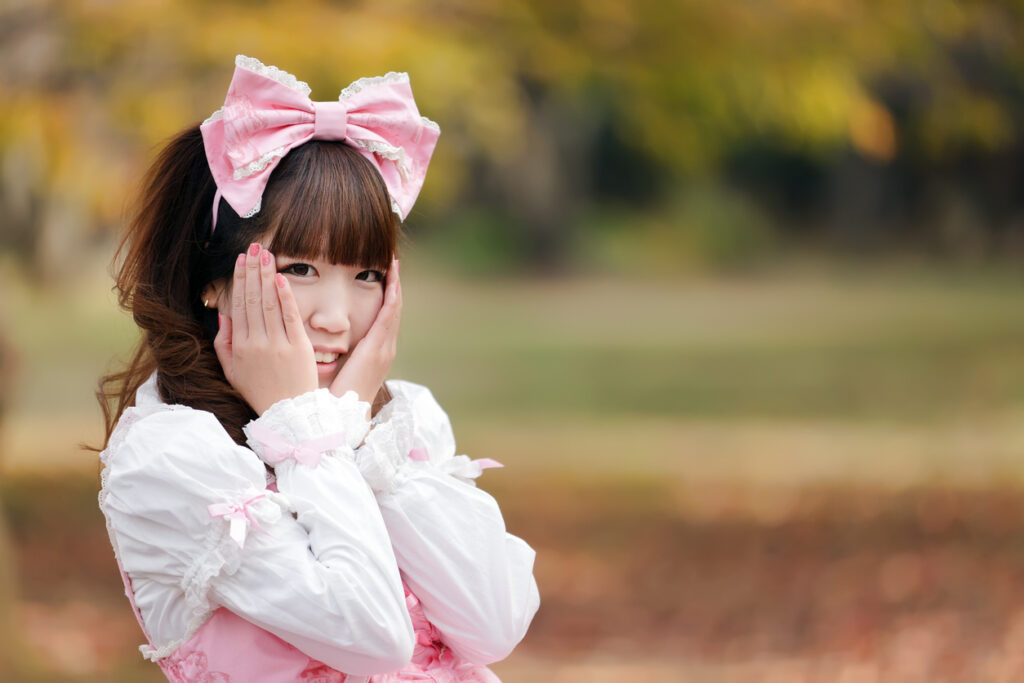 © Photo by iStock: Smithore
© Photo by iStock: SmithoreA lot of people are used to hearing the word “kawaii,” but many don’t really know where it originated, or that the word has evolved greatly over time.
The modern usage of the word translates into “cute”, “lovable” or “adorable.” The original form of the word, however, came with a darker twist. In ancient times the word was “kawo-hayu-shi”, which literally means, “face flushed.” It described the feelings of “embarrassment, awkwardness and self-consciousness.”
[…] females are perceived as cute only if they revert back to their childish identities—both physically and mentally.
Kawaii went under a type of “word-morph,” that gave it some qualities that are still found in modern-day society. Ethologist Konrad Lorenz proposed that “baby schema” is a particular set of physical features, such as a large head and eyes, a round face and chubby cheeks, which are perceived as cute or cuddly and elicit the motivation to care for adolescent creatures in adults. In species where the young depend entirely on such care (like humans) it may be a matter of survival (excluding, of course, social stigma).
This is apparent in connection with kawaii culture. In Japan, females are perceived as cute only if they revert back to their childish identities—both physically and mentally. Japan seems to have incorporated the theory of “baby schema” into many of its products.
Modern-Day Kawaii Clash
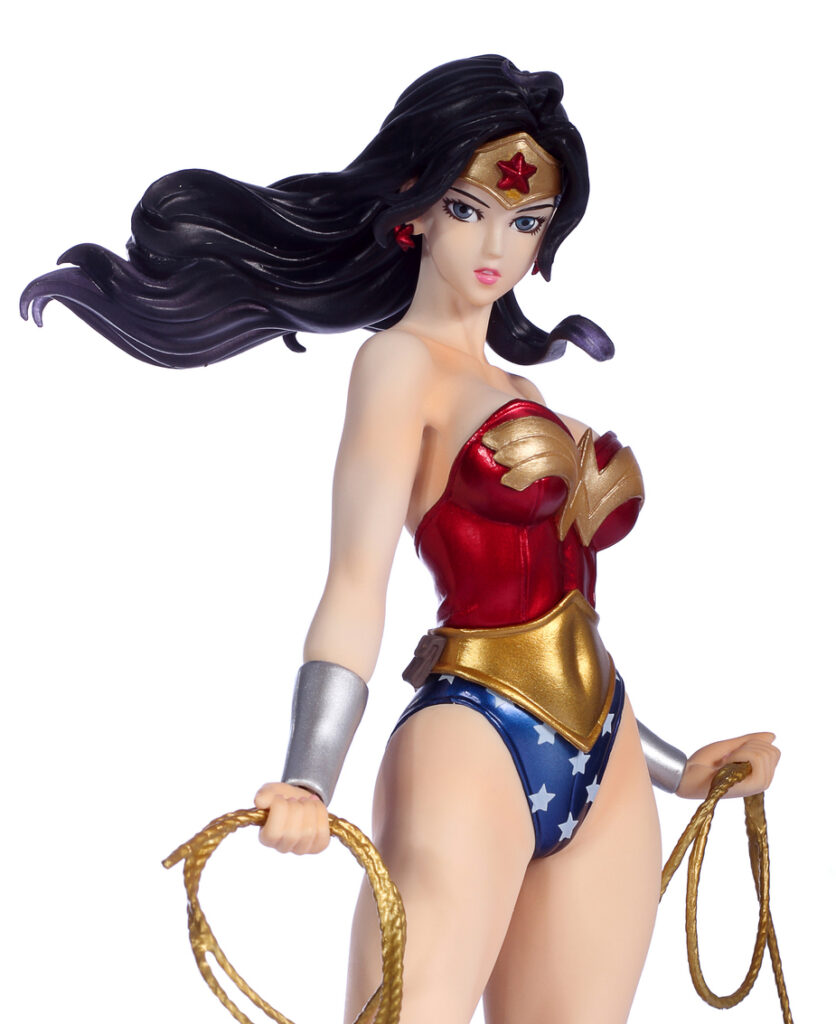 © Photo by iStock: Jonah_H
© Photo by iStock: Jonah_HAn example of how much the Japanese value “kawaii-ism“ is how strong female characters are portrayed to Japanese fans, including the classic Wonder Woman. She is an age-old icon of feminism around the globe.
Fans on Twitter were distraught with how Warner Brothers Japan depicted her in their 2017 campaign ads. Warner Brothers Japan marketed the movie like this: “Move over, Harley Quinn! Special Japan release for Wonder Woman, the number one warrior beauty the world has been waiting for. She’s supposed to be one of the most powerful superheroes in existence. But, she’s also an incredibly innocent and naive girl who knows nothing about men or love. The trailer is narrated by Kotono Mitsuishi, the voice actor who plays Sailor Moon in the animated series!”
Unless you’re an anime-lover, you may not be aware that Kotono Mitsuishi is considered to be the epitome of kawaii voices. The furthest thing from what a lot of people would consider Wonder Woman to be about. Kawaii-ism may be cute on the outside, but it’s laced with an age-old idea that women should be demure and submissive. Is it a pure coincidence that Wonder Woman had to be remarketed for it to appeal to the masses here?
Sexism and Kawaii
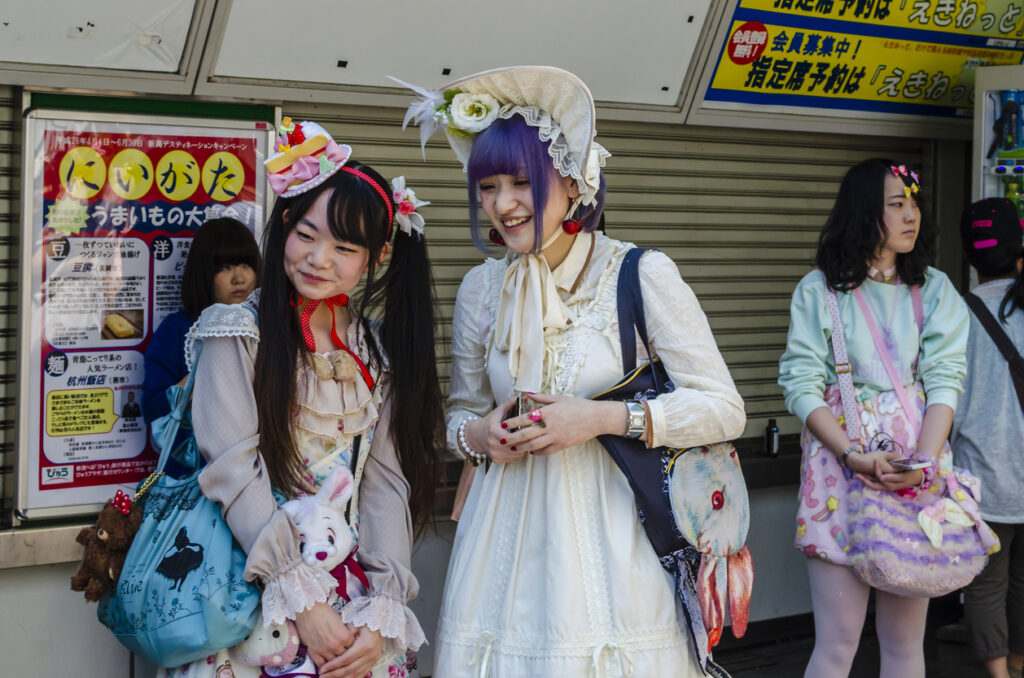 © Photo by iStock: Korkusung
© Photo by iStock: KorkusungThe kawaii phenomenon attracts attention from around the world. Art exhibitions like “Yes, Kawaii is Art -Express Yourself,” a recent one in California, show the upside. After attending an event like this, you might think that it comes down to modern pop culture, while others declare kawaii culture’s roots have a sexist overtone.
The connection between kawaii-ness and sexism might not be so apparent. However, judging by Japan’s need to portray a strong, confident woman as innocent and naive speaks volumes. The need for women to be submissive spills over into other realms of life.
Working Women in Japan
 © Photo by iStock: miya227
© Photo by iStock: miya227Japan’s glass ceiling is much lower than its Western neighbors. In March of 2024, The Economist released data ranking the best and worst countries to be a working woman. Of the 29 countries on the list, Japan was nearly last (only beating Turkey and South Korea). Countries like Iceland and Sweden were on the other side of the spectrum.
In a Savvy Tokyo article about battling ingrained sexism in the Japanese workplace, Chiara Terzuolo writes about her experience. Her boss introduced her to a client as “kono one-chan,” or “this girl,” a term used to refer to hostesses. Things like this, though declining, still happen in this country. You can’t help but think that there is a connection between the expectation for women to act sweet and innocent and the way they are treated professionally.
Kawaii culture may be to blame for how this type of sexism is seen as normal here. While other economically steady countries are trying to “grow up” and “leave childish things behind,” Japan still fails to progress in this area. All that cuteness might just not be worth the price.
What are your opinions on Japan’s kawaii? Let us know in the comments.





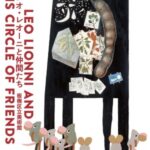






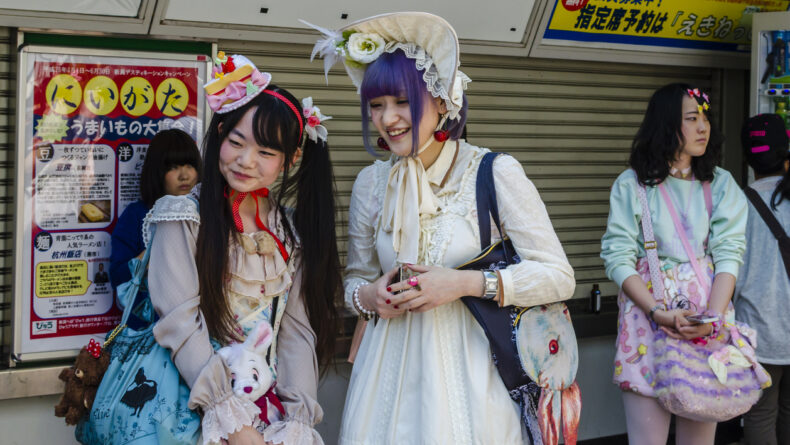


Why European fashions and look seem to be the most preferred taste and beauty?